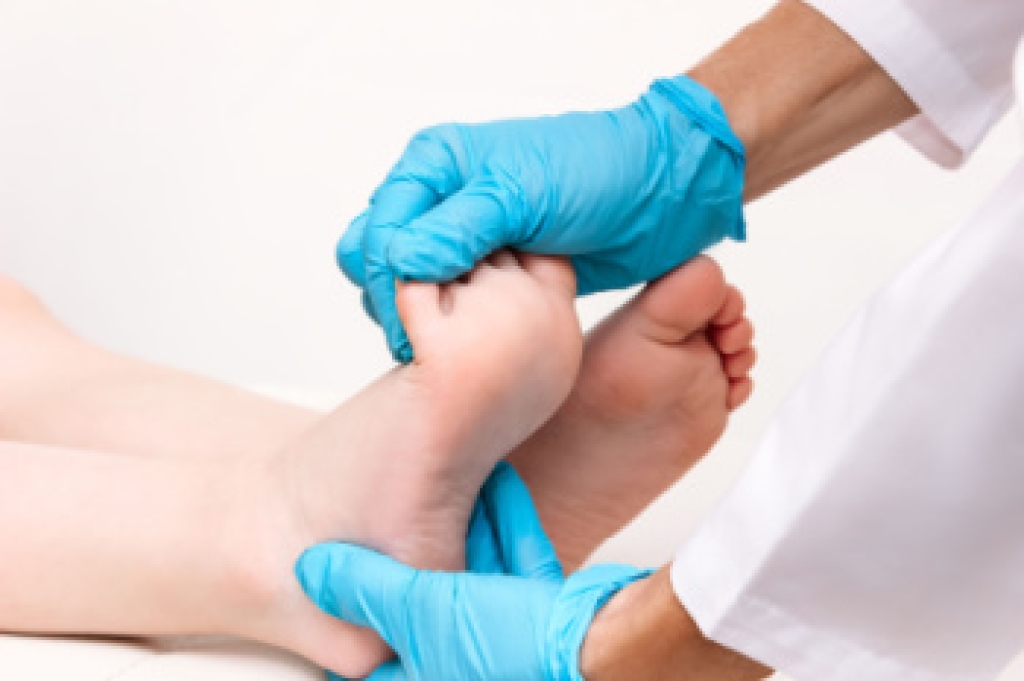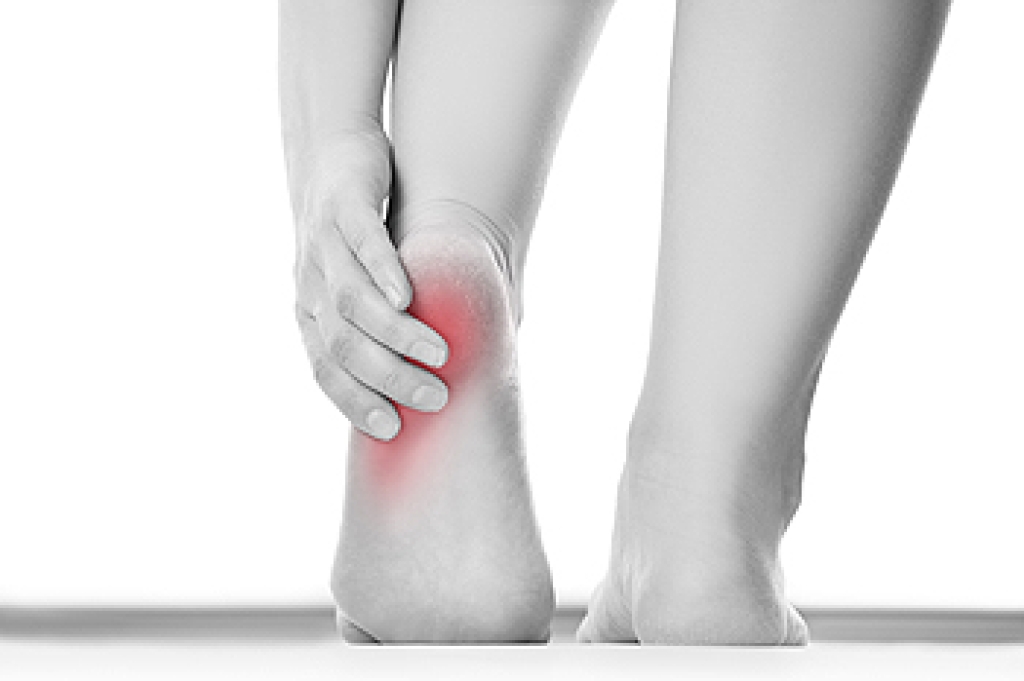
Children’s feet grow and change quickly, and sometimes issues appear that can affect comfort and movement. Flat feet, in-toeing, out-toeing, and toe walking are a few concerns parents may notice. Other common problems include heel pain from activity, ingrown toenails, or warts on the soles of the feet. While many conditions improve as a child grows, some may cause pain, difficulty walking, or poor balance, if left untreated. Because children may not always explain what they feel, parents should watch for signs such as limping, avoiding play, or wearing out shoes unevenly. Supportive shoes, proper nail care, and encouraging healthy activity can help protect young feet. Regular foot checks are also important as part of a child’s overall health. If you notice changes in your child’s feet or walking, it is suggested that you see a podiatrist for evaluation and expert guidance.
Making sure that your children maintain good foot health is very important as they grow. If you have any questions, contact one of our podiatrists of New Jersey. our doctors can provide the care you need to keep you pain-free and on your feet.
Keeping Children's Feet Healthy
Having healthy feet during childhood can help prevent medical problems later in life, namely in the back and legs. As children grow, their feet require different types of care. Here are some things to consider...
Although babies do not walk yet, it is still very important to take care of their feet.
Avoid putting tight shoes or socks on his or her feet.
Allow the baby to stretch and kick his or her feet to feel comfortable.
As a toddler, kids are now on the move and begin to develop differently. At this age, toddlers are getting a feel for walking, so don’t be alarmed if your toddler is unsteady or ‘walks funny’.
As your child gets older, it is important to teach them how to take care of their feet.
Show them proper hygiene to prevent infections such as fungus.
Be watchful for any pain or injury.
Have all injuries checked by a doctor as soon as possible.
Comfortable, protective shoes should always be worn, especially at play.
If you have any questions, please feel free to contact our office located in Neptune City, NJ . We offer the newest diagnostic and treatment technologies for all your foot care needs.




